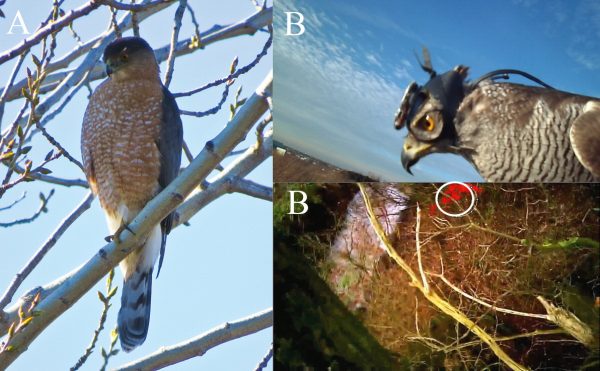Researchers have once again mounted tiny cameras on the heads of hawks to study exactly how they hunt, and the resulting videos are extraordinary.
Previous research using similar techniques has already supposed that raptors use rapid head movements to gain a visual fix on their target of prey, allowing them to swoop down with pinpoint accuracy in one of the most dramatic hunting…








